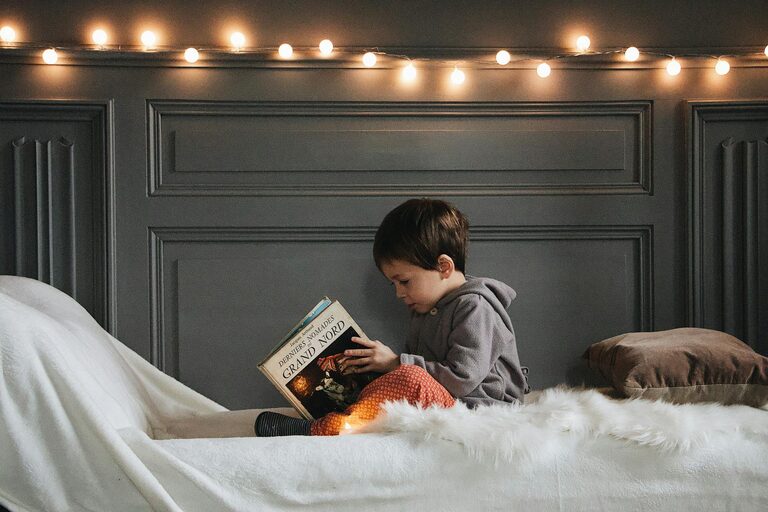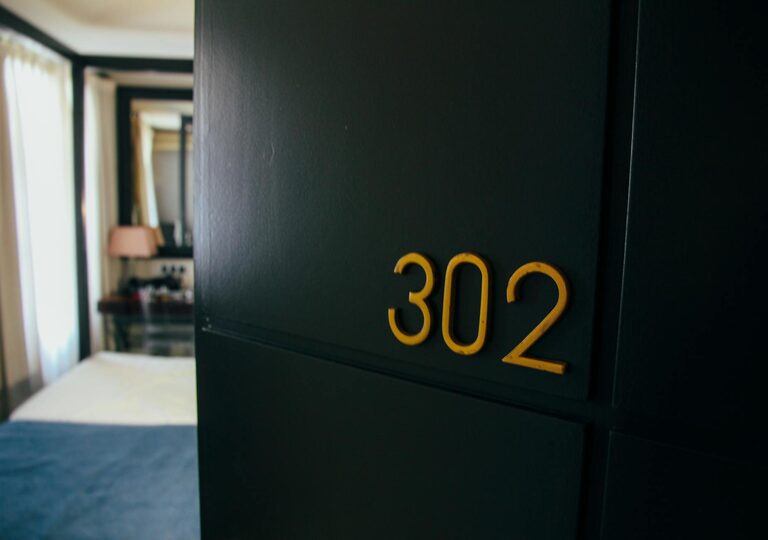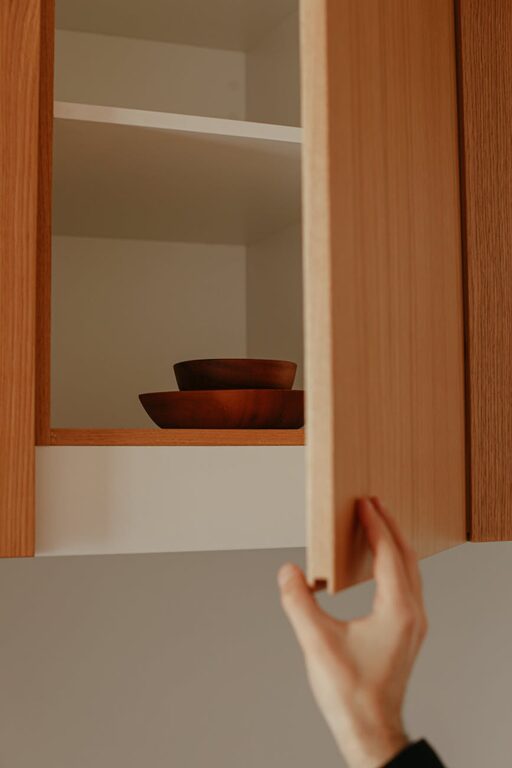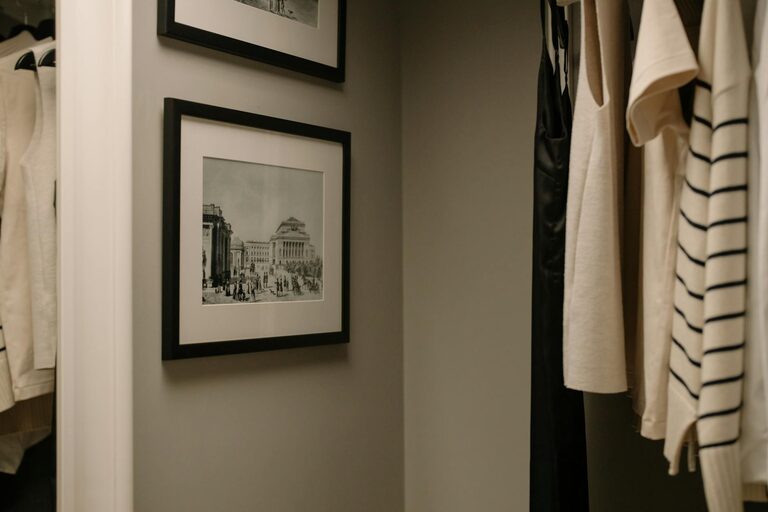
Keeping household paper clutter under control can feel like a never-ending task. Bills, receipts, school papers, magazines, and junk mail often pile up faster than we can manage. Fortunately, with a few simple strategies, you can reduce paper clutter and create a tidier, more enjoyable living space. This post explores practical ways to cut down on paper and keep your home organized.
Why Reducing Paper Clutter Matters
Paper clutter not only takes up physical space but can also make it harder to find important documents when you need them. A cluttered area can increase stress and reduce productivity. By tackling paper clutter, you improve your home’s appearance and make daily tasks easier.
Step 1: Sort and Declutter Regularly
The first step to reducing paper clutter is sorting through the papers you already have.
Create Sorting Categories
– Action: Papers that require immediate attention (bills to pay, forms to fill)
– Archive: Important documents to keep (tax files, warranties)
– Reference: Papers you need occasionally (recipes, manuals)
– Recycle: Junk mail, flyers, outdated papers
Tips for Sorting
– Set aside 15-30 minutes weekly to go through new papers.
– Use labeled folders or bins for each category.
– Immediately recycle or shred what you don’t need.
Step 2: Go Paperless Where Possible
One of the best ways to reduce paper clutter long term is by reducing the amount of paper that enters your home.
Switch to Digital Billing and Statements
Most banks, utility companies, and service providers offer e-billing. Signing up for electronic statements helps you:
– Avoid piles of paper bills.
– Receive reminders by email.
– Store documents digitally in organized folders.
Use Apps to Manage Documents
There are many apps available for scanning and organizing documents on your phone or tablet. These apps can help you:
– Convert paper receipts and forms into clear digital copies.
– Access important documents anytime without physical paperwork.
– Share files easily via email or cloud services.
Step 3: Create a Dedicated Paper Station
Having a specific place for managing incoming paper can prevent clutter from spreading.
What to Include in Your Paper Station
– A tray or inbox for new papers.
– File folders labeled by category.
– A shredder or recycling bin nearby.
– Important tools: pens, stamps, envelopes.
How to Use This Station Effectively
– Process papers daily or every couple of days.
– Immediately file or act on papers instead of leaving them sitting out.
– Keep your system simple to encourage consistent use.
Step 4: Limit Incoming Paper
Reducing the amount of paper you bring in is crucial.
Opt Out of Junk Mail
– Visit websites like DMAchoice or Catalog Choice to reduce junk mail.
– Unsubscribe from paper catalogs and marketing materials.
Be Mindful With Printing
– Print only when necessary.
– Use double-sided printing to save paper.
– Review documents digitally before printing.
Step 5: Organize Important Documents Safely
Certain papers need to be kept for reference or legal reasons.
Essential Documents to Keep
– Birth certificates and passports.
– Tax returns and financial statements.
– Medical and insurance records.
Storage Tips
– Use a fireproof, waterproof safe or lockbox.
– Keep digital backups on encrypted drives or secure cloud services.
– Review and purge old documents annually.
Step 6: Involve the Whole Household
Paper clutter can multiply quickly when several people contribute to it.
Make It a Family Habit
– Teach kids to sort and recycle their school papers regularly.
– Assign responsibilities for household bills and mail handling.
– Hold occasional family declutter sessions focused on paper.
Final Thoughts
Reducing household paper clutter doesn’t require extreme measures—just steady habits and a little bit of planning. By sorting your papers regularly, going digital, managing new papers effectively, and organizing important documents safely, you’ll create a cleaner, calmer home environment.
Try implementing one or two of these tips this week and watch your paper clutter shrink!
—
If you found these tips helpful, consider bookmarking this page and sharing it with friends looking to declutter their homes too. Happy organizing!




